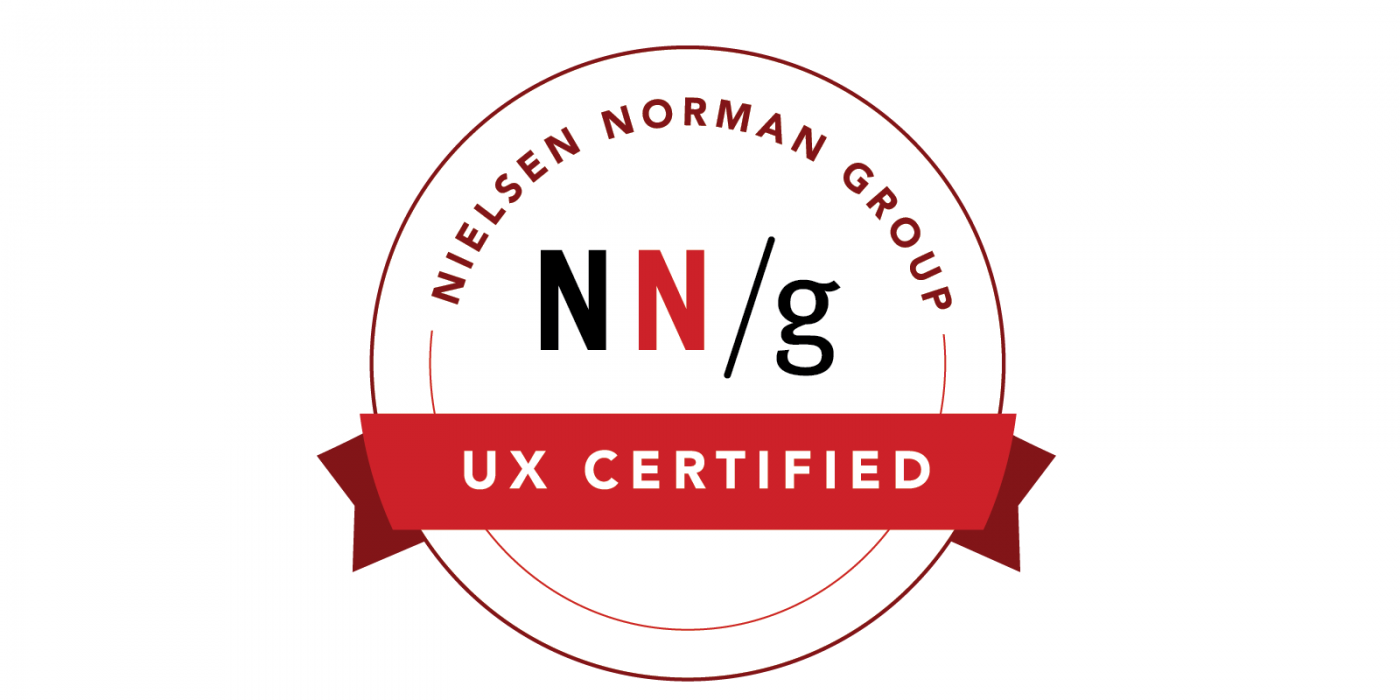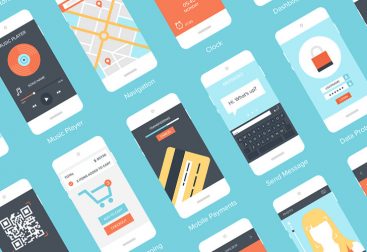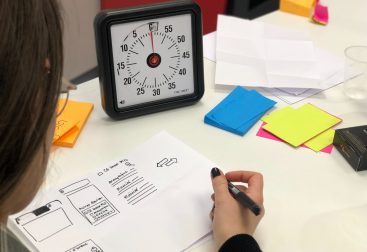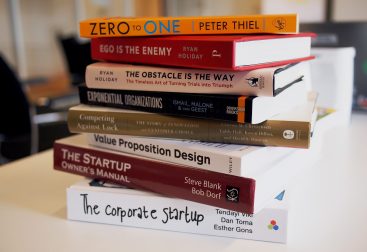As an avid learner, one of my learning dreams had always been to attend the UX conference by Nielsen Norman Group (NNG) and to acquire the UX certification. In March 2020, I had finally the opportunity to make this dream come true and in this article I will share with you my experience.
First things first, what is NNG and the UX conference?
NNG is an organisation offering UX research, consulting, training and certification and is recognized worldwide as a leader in UX research and training. It’s the equivalent of Scrum, PMP, or other types of professional certifications, but for UX professionals. NNG was founded by Jakob Nielsen and Don Norman (who is the author of the popular The Design of everyday things book), usability pioneers and thought leaders, with the aim to provide best practices for UX design and research.
The UX conference is an immersive 7 day experience with full day courses of your choice, with practical knowledge which can be directly applied to your daily job. To obtain the UX certification, participants must attend 5 courses and do an exam for each course, which verifies that participants have a solid understanding on the content taught. After obtaining the UX certification, you become part of their network and your profile is visible in the list of UX certified professionals at the NNG website. You will also receive the certification badge below, which you can upload and feature in your LinkedIn profile.
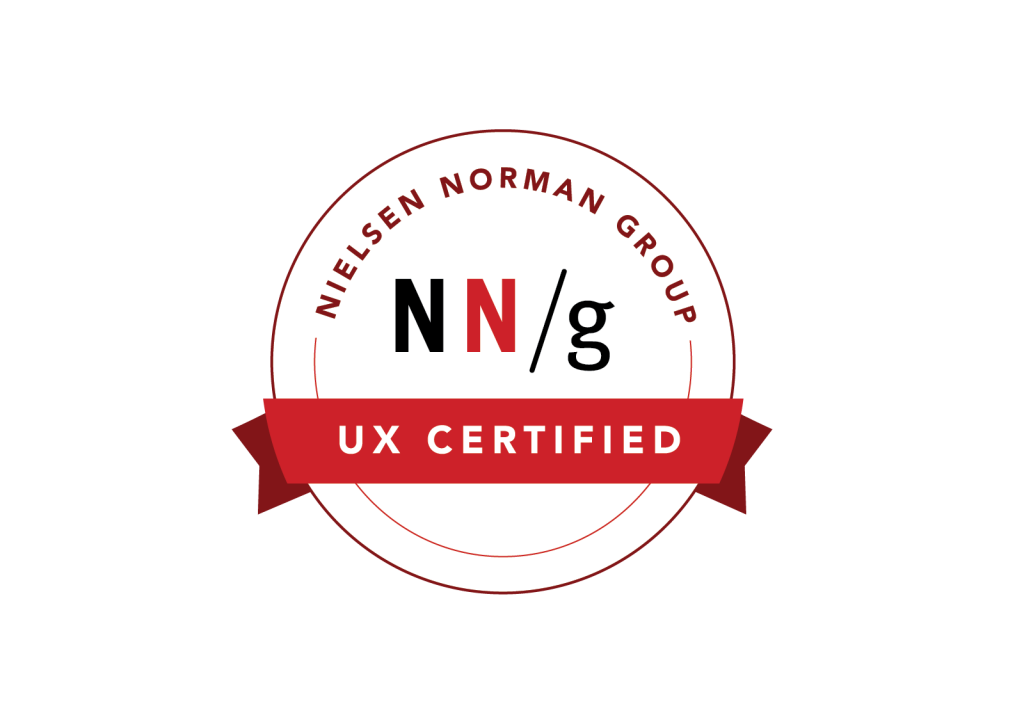
The initial plan in my case was to attend the UX conference in London, but due to banning of business travel and the situation with COVID-19, the organizers of the event decided to make the event virtual. The platform used was Zoom, an online videoconferencing platform which skyrocketed and is used by almost everyone during the quarantine period with COVID-19. The platform allows a very high number of participants to be in the call, and participants can be split into smaller groups and put into “Breakout rooms” to do group activities and exercises. Thanks to this functionality, the dynamics of group exercises which normally happen in person during the conference, were able to be kept online too.
What can you expect to learn?
NNG UX conference offers UX courses on these 3 specializations:
- UX Research
- UX Management
- Interaction Design
Every course is based on one of these 3 specializations, so if you want to achieve a specific specialization you should select 5 courses from the same specialization. In my case, I didn’t feel the need to make my choice based on this criterion, so I just chose based on what I was most interested to learn or get additional expertise on. These are the classes that I followed:
- Omnichannel Journeys & Customer Experience: this course highlighted how customers move from channel to channel and change devices to complete their journey. It shows clearly the importance of taking into account the global picture when we are mapping a customer journey, and not only the digital part of the journey.
- Emerging patters in interface design: in this course we went through all the latest trends and design patterns present more and more in digital products today. A key learning from this class was that we need to find the right balance between adopting trends and how this matches our business; if it doesn’t fit your business, don’t just do it because it’s trendy.
- Analytics and UX: one of the most important aspects of good UX research is data. But analytics on itself cannot always provide us with insights on how users use our products. That’s why it’s key to combine analytics and other quantitative methods with qualitative methods, to bridge the gap between those 2 and validate our assumptions. The practice of combining these 2 methods is called triangulation.
- Service Blueprinting: a service blueprint is a map of how our processes work internally and how do the customers interact with certain parts of the process. It helps us create common understanding of what happens frontstage but also backstage when a customer tries to order a product or achieve a task with our business. A key insight for me from this class was that service blueprints also aim to improve the internal processes and the employee experience; this is based on the fact that when our employees are happy, they will also treat our customers well, so consecutively our customers’ happiness also improves.
- Storytelling for UX work: this was a great class and in my opinion it should be followed by every UX professional. A lot of times we struggle with presenting data or UX work and a lot of designers find themselves just stating facts and statistics, or doing pure screen reviews. To make it more meaningful, we can use various techniques to tell the story from the side of the user, and present insights instead of dry data or statistics.
So, was it worth it?
From my experience, I definitely recommend it. The courses were very well prepared, with high quality content by expert instructors and offered great insights and practical guidelines which I could directly apply to my work. The immersive 5-day experience is also a great way to indulge in learning and come back to work with fresh insights. The only aspect I could say missed with the virtual version was the networking part, but I’m still grateful the conference took place.
However, if you are just starting in UX design, it might be more difficult to experience the value of the conference at its max. This is not meant to say you cannot attend it, but I personally found that having solid work experience made it easier for me to follow the courses and to take it a step further and get additional insights so that I can take my work to the next level; if you are just starting out the information might be overwhelming.
My advice would be to take as many beginner classes as possible so that you have a solid understanding of all the terminology and how every technique is applied and in which context. In my blog post Best Resources to learn UX I have made a summary of the best places you can find beginner classes, including how I started my UX journey with the Interaction Design Specialization, by UC California in Coursera.

